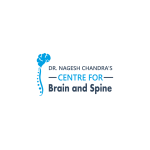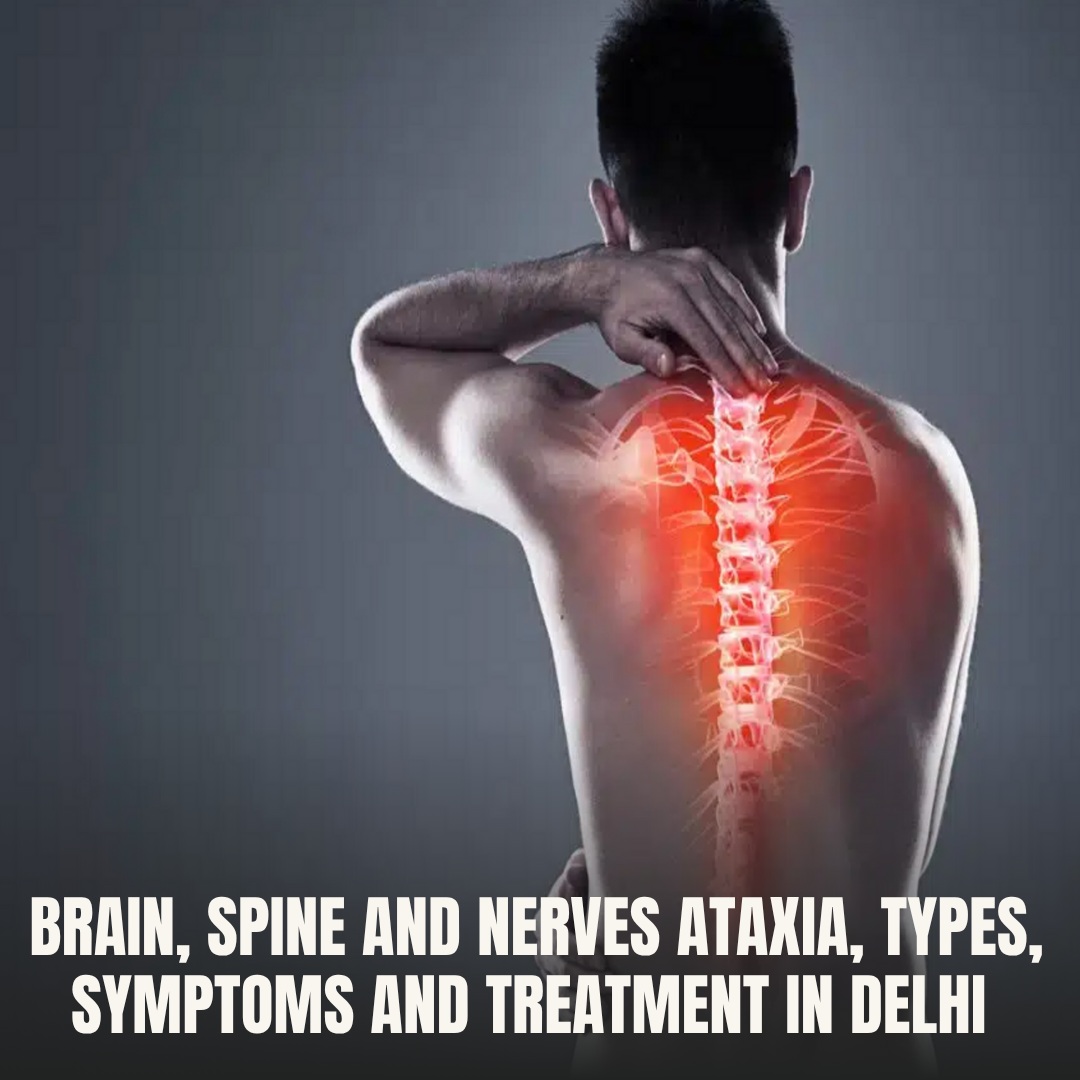Think about how easily you walk or pick up a glass. Your Brain, Spine and Nerves work together for this action. When this system breaks down, a condition called Ataxia occurs. This problem causes movements that are shaky and unsteady. Getting a clear understanding of Ataxia what is it is very important. It is not an illness itself but a key symptom of underlying damage. Finding the right specialist is the next crucial step. This article explains the disorder simply. It guides you to finding top neurological care in Delhi. Good information helps people control this difficult, life-altering condition better.
Grasping the Definition of Ataxia
The simplest Ataxia definition is lack of muscle control. The body loses its ability to coordinate movement smoothly. This issue signals damage within the nervous system. The damage often affects the brain or nerve pathways directly. A person with this problem struggles with simple tasks every day. Walking, clear speaking, and writing become very difficult. The Ataxia meaning in Hindi often relates to a state of disarray or movement failure.
Understanding the Different Ataxia Types
Ataxia presents itself in various forms. Doctors classify Ataxia types by the root cause of the nerve damage. The cause decides the best course for Ataxia treatment.
Acquired Ataxia: Sudden Beginnings
This type starts unexpectedly later in life. It comes from an external event or a sudden illness.
- Stroke or Injury: Damage to the cerebellum from a stroke can cause it immediately. A severe head injury can also result in permanent coordination loss.
- Toxins: Overuse of alcohol or certain prescription drugs can cause temporary ataxia. Long-term exposure sometimes leads to lasting neurological harm
- Nutritional Deficiencies: Very low levels of Vitamin B12 or E harm nerve cells. Treating the dietary issue can sometimes lead to recovery
Hereditary Ataxia: Genetic Origins
These forms are passed down through family genes. They usually progress slowly and worsen over time sadly.
- Ataxia Friedreich: This is the most common inherited type. It primarily damages the spinal cord and peripheral nerves. Symptoms typically begin before a person reaches 25 years old
- Ataxia Telangiectasia: This is a rarer more severe type. It causes coordination problems and compromises the immune system too. It generally begins in early childhood
- Spinocerebellar Ataxias (SCAs): This is a large category of different genetic disorders. Symptoms vary greatly depending on the specific gene that is affected
Key Indicators: Recognizing Ataxia Symptoms
Symptoms differ based on the severity of damage. Doctors look for specific signs to correctly diagnose Ataxia symptoms. The most common and obvious sign is a change in the person's walking pattern
Walking, Speech, and Coordination Changes
The classic sign is Ataxia gait. The person walks with wide, clumsy and very unsteady steps. They often stagger or sway noticeably when trying to walk
- Fine Motor Struggles: Complex tasks become extremely challenging. Trying to zip up a jacket or write clearly becomes a difficult fight
- Intention Tremor: Hands shake during purposeful movement. The tremor increases right as the hand reaches its target object
- Slurred Talk: The muscles needed for speech are not controlled well. The person's words may sound slow, very choppy and noticeably unclear
Expert Treatment and Specialist Care in Delhi
While many forms lack a cure, Ataxia treatment focuses on maximizing function. Finding the right specialist team is absolutely critical in Delhi.
The Medical Intervention Process
A specialist, perhaps a Neurosurgeon in Dwarka, starts with a detailed physical exam. They test balance, coordination and reflexes carefully
- Brain Imaging: MRI or CT scans check the brain for structural issues. They look for tumors or signs of cerebellum shrinkage.
- Genetic Tests: Blood tests confirm inherited types like Ataxia friedreich easily. This is vital for long-term planning.
- Blood Work: Tests check for nutritional causes or toxins that may be present.
Therapy and Management Options
Treatment aims to help the patient live independently.
- Physical Therapy: This is the most vital step in treatment. It helps build strength and improves walking stability greatly.
- Occupational Therapy (OT): OT adapts daily tasks and home environments. Simple tools help with self-care and eating safety.
- Speech Therapy: This helps improve swallowing and clarity of speech
Conclusion
Living with Ataxia requires resilience and expert support. Finding a team specializing in Brain, Spine and Nerves is very important. For comprehensive care and diagnosis in Delhi, consider the Center for Brain and Spine. They employ skilled experts, including a top Brain and spine surgeon in Delhi. They provide specialized management plans for complex neurological conditions.
FAQs
Is Ataxia a permanent condition?
No, Ataxia caused by toxins, vitamin deficiency, or minor infections can improve. It can even resolve once the underlying problem is properly treated.
Does an unsteady walk always mean Ataxia?
Not always, a shaky walk or Ataxia gait can also be caused by severe inner ear issues or muscle weakness problems. A doctor must perform a careful check.
Can children get inherited Ataxia?
Yes, sadly, genetic types like Ataxia telangiectasia often begin very early. It affects a child's normal development and coordination greatly.
If there is no cure, why is Ataxia treatment important?
Treatment focuses on maintaining daily independence and safety. Therapy helps strengthen muscles and teaches ways to manage tasks easily
What is the main difference between Sensory and Cerebellar Ataxia?
Ataxia sensory problems mean the brain isn't receiving position signals from the limbs while Ataxia cerebellum means the brain area itself is damaged






Comments